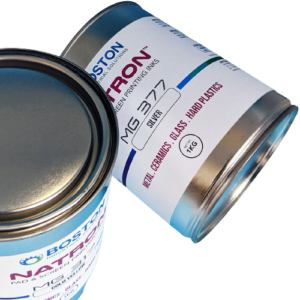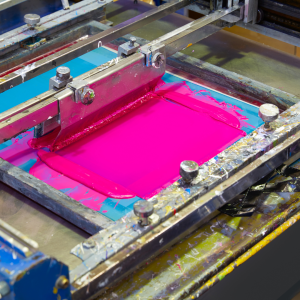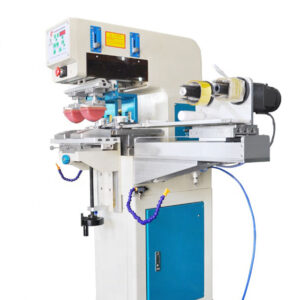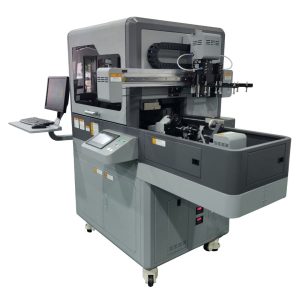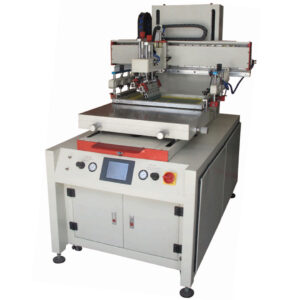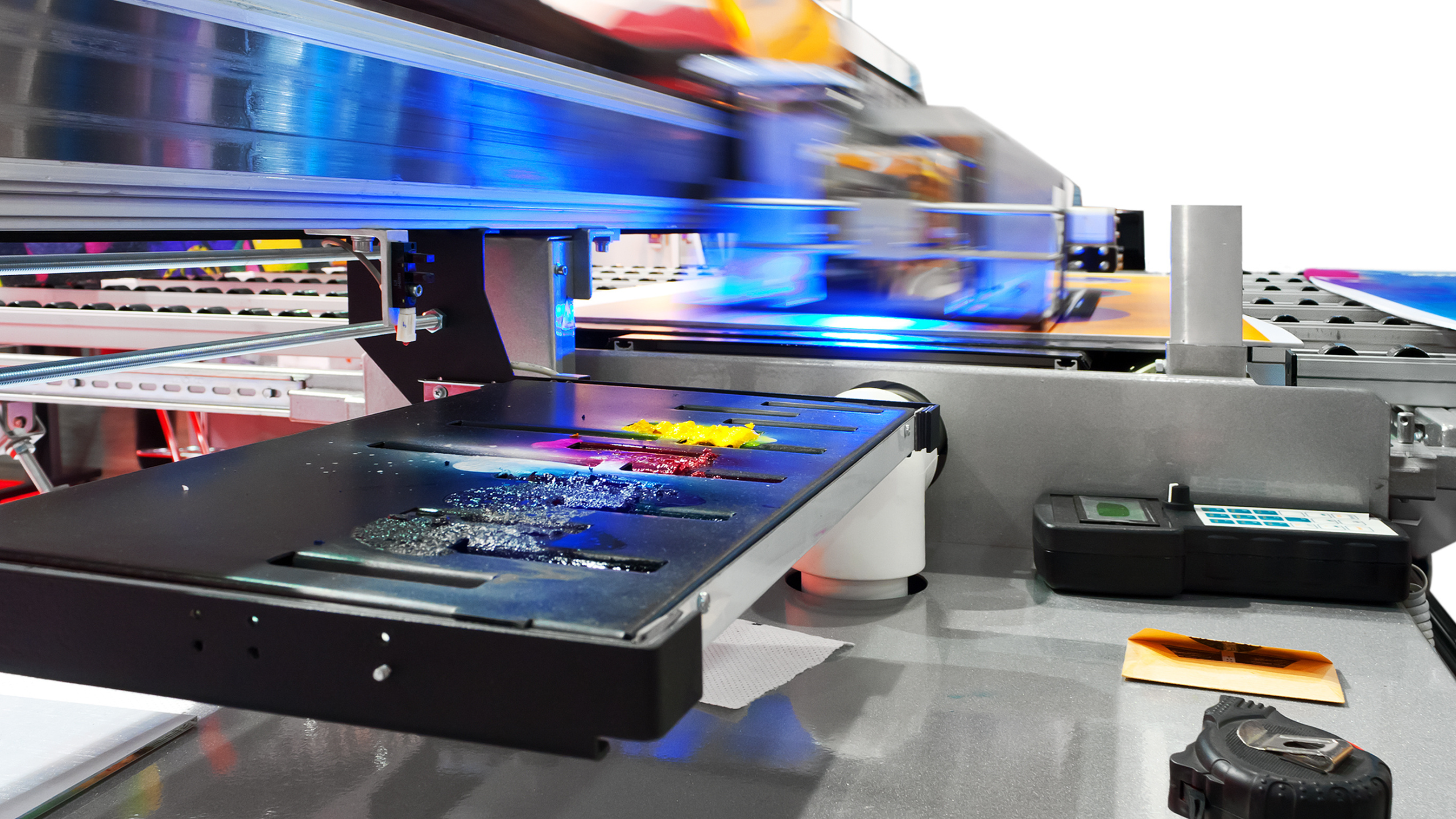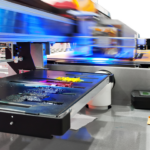How to improve UV print durability
UV printing offers vibrant colors and sharp details; however, the prints might face long-term resilience. Some of the factors that affect UV print durability include sunlight, moisture, and abrasion. Nonetheless, by taking a strategic approach, it is possible to improve UV ink adhesion, which would lead to durable UV prints. In this article, we will discuss how UV adhesion testing promotes UV print durability. We will also review how to improve UV print durability.
Factors for UV adhesion
There are several factors that impact proper adhesion for UV printing. These factors are important when it comes to achieving a resilient, digitally decorated, UV-printed item. By neglecting any of these factors, you are likely to experience poor UV ink adhesion and possible scratching off of prints.
These factors are:
- UV ink
- The best pre-treatment solution (chemical or mechanical)
- Understanding the substrate in relation to the ink.
- Post-treatment coating options
UV ink
Like screen and pad printing inks, in UV printing there are different inks for different substrates. However, because it is not easy to switch from one ink to the next due to the inkjet printheads, UV printer inks tend to adhere to many more substrates compared to solvent-based pad printing inks. For example, the best ink to stick on acrylic might not stick on EPDM rubber. Also, note that there is no digital ink that sticks to silicone.
Factors affecting ink adhesion to a substrate include impurities on the surface, coating, and the surface energy level of the substrate. Selecting the right ink helps to improve UV print durability.
There are several ways to improve the surface energy of a material using pre-treatment methods such as a UV inkjet primers. Other inkjet pre-treatment methods include jettable UV primer, corona treatments, flame treatments, etc.
How to choose the best UV ink for your application
In this section, we will explore different UV printer inks for printing on different plastics, metals, and other materials.
UV printing inks fall into three categories. These are digital printing inks, hard inks, neutral inks, and flexible inks.
Therefore, when choosing UV ink for your flatbed printer or digital cylindrical printer, it is important to determine which ink is suitable for your specific inkjet printheads. Next, you want to choose the ink based on the substrate—both current and possible future substrates.
Formulated for use with industrial inkjet printing equipment, the 314 Series UV printer ink is a neutral printing ink compatible with Ricoh Gen 4 printheads. This digital ink is compatible with Ricoh Gen 4 printheads. This inkjet printing ink is excellent for printing on acrylic cups and polypropylene cups. To improve adhesion on PP, pair it with Natron PP Primer for inkjet. This ink is available in CMYKW and varnish. Additionally, it is excellent for printing on both light and dark substrates.
Other UV digital inks in the Boston Industrial Solutions, Inc., portfolio include the 270 Series for hard substrates and the 160 Series for flexible substrates. Both of these inks have excellent adhesion to Tritan plastic for drinkware. Tritan plastics are BPA-free and durable.
Visit our UV ink page to learn more about the different UV digital inks that we offer.
Pre-treatment for UV adhesion
When printing digitally on a substrate, you might require, or not require, a UV adhesion promoter (pre-treatment or inkjet primer). This will depend on the material and the intended use of the product. Products exposed to moisture and constant abrasion may require a strong pre-treatment process. On the other hand, a product such as an award that will be on display might not require pre-treatment at all. We have several pre-treatment digital printings, such as the Natron G1 UV adhesion promoter for glass.
How to improve UV print durability on a Substrate
Before UV printing, it is important to understand the type of material that you are printing on. Most manufacturers will provide you with a technical data sheet (SDS) for the item. This data sheet will, in turn, have a list of the raw materials used to manufacture the product.
Using trustworthy companies will save you time and resources. For example, many companies refer to “TPE” coating as silicone, yet it is not. Imagine investing in a printing system to print TPE (TPR) material, only to find out that your supplier sends you silicone material for screen printing with silicone inks.
Therefore, it is important to use reputable manufacturers for your substrates. Always ask for the Technical Data Sheet (TDS) from reputable manufacturers; this will save you time. Additionally, it will enable you to hold them accountable just in case you receive the wrong material.
Post-printing treatment coatings.
Post-printing treatments are also very important in digital printing. These treatments help to protect the prints. When printing on a product that will undergo a lot of abrasion, always coat the substrate. Printing varnish after printing is always a great idea to protect the prints.
UV Ink adhesion testing
There are different ink-adhesion tests for different applications. ASTM standards now offer four types. Boston Industrial Solutions, Inc. has a pre-testing checklist to help determine our customers’ specific needs. From this checklist, we recommend the best pre-treatment method and ink series for your specific material.
Each of our customers’ products undergoes the following testing processes: rub adhesion test, tape adhesion test, scratch adhesion test, and crosshatch AB adhesion test.
We apply our rigorous testing process to every product a customer sends in for adhesion testing. This testing process ensures the UV printing ink adheres permanently to the substrate. It is this assurance that we give our customers so that they can, in turn, deliver the same to their end users. Visit our YouTube channel to learn more about adhesion testing and other printing techniques.
Lastly, it is very important to understand the scratch resistance of UV printing. This will enable you to achieve long-lasting and visually appealing prints. Before printing, make sure that you understand the UV ink, the UV adhesion pre-treatment, the substrate, and the post-print treatment. This will help you deliver the best results. Following these steps, you will deliver lasting satisfaction for you and your customers. Start printing today by contacting us!


